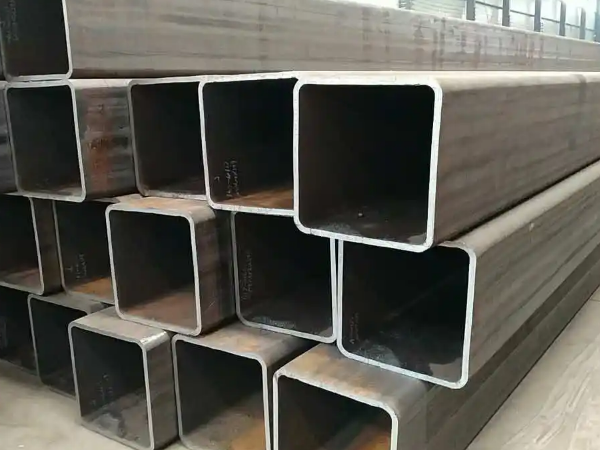What Should be Paid Attention to in the Section Design of the Square Tube?
Date:2022-04-29View:1346Tags:Square Tube
Two main factors should be considered when designing a square tube section: one is the safety of the section; the other is the economy of the section. For section safety, we require that the ratio of waist thickness to height of H-beam should not be less than 1/45. For the H-beam used for the column, the ratio of the torsion radius to its mass is used to express its economy. It is feasible to calculate static structures such as warehouses, houses, bridges, etc., but it is not suitable for moving components such as wheels. At this time, people often use plasticity theory. It is mainly used for static load plane beams and frame structures subjected to bending stress, and its requirements are as follows: For high-rise buildings, more detailed calculations are also required. Plastic design method In the case of dynamic load, the allowable stress is usually calculated by the method of multiplying the allowable stress by the allowable stress and multiplying the safety factor of the allowable stress. In the case of a shaft being bent, the formula a=Wmoving/Wallowing can be used for calculation. Using the plastic method to calculate the strength instead of the method can increase the bearing capacity of the member by 14%.

Since square tube forming has commonality in unit equipment and cold bending process, the combination of die rolls is an inevitable choice for production standardization and serialization of profiles. In recent years, the combined die rolls on the domestic unit have developed rapidly, and many technological innovations have also appeared, which greatly reduces the input cost of the die rolls and improves the efficiency of the unit. However, it is basically a partial improvement of the original mold roll, adding some washers, the combination method lacks scientificity, the structure is similar, and the roll change time is long.
The deformation of the square tube is mainly caused by the shrinkage force of the weld seam being greater than the strength of the base metal. The coloring inspection method is basically similar to the fluorescent inspection method, except that the developer is used to display the image of the defects of the welded square tube. The principle of the coloring flaw detection method is realized by the phenomenon of capillary penetration and adsorption. During inspection, first clean the surface of the welded square tube with a cleaning agent to remove dust, oil, oxides and other impurities that affect penetration. Then, immerse the welded square tube in the penetrant, or apply (or spray) the penetrant on the part to be tested. If there are defects on the surface of the square tube weld, the penetrant will penetrate into the defects. Afterwards, the penetrant on the weld surface of the welded square tube is wiped clean or washed, but the penetrant still exists in the defect gap. The developer is evenly applied so that the penetrant from the surface defects will be adsorbed and a red defect image will appear on the white developer base layer.
This method can inspect the surface defects of steel, copper, aluminum and other metal parts or welds of welded square tubes, and is not limited by the performance, shape and size of square and rectangular tubes. The operation is simple and economical during flaw detection, no special equipment and devices are required, and it can be operated in high-altitude or field places without water and electricity. It is especially suitable for local inspection of large stainless steel welded square tubes, or repeated inspection after welding repairs at repaired places. The coloring flaw detection method is also widely used in locomotives and vehicles, such as the inspection of the upper intake and exhaust valve surfacing layers of diesel locomotives and diesel engines.

